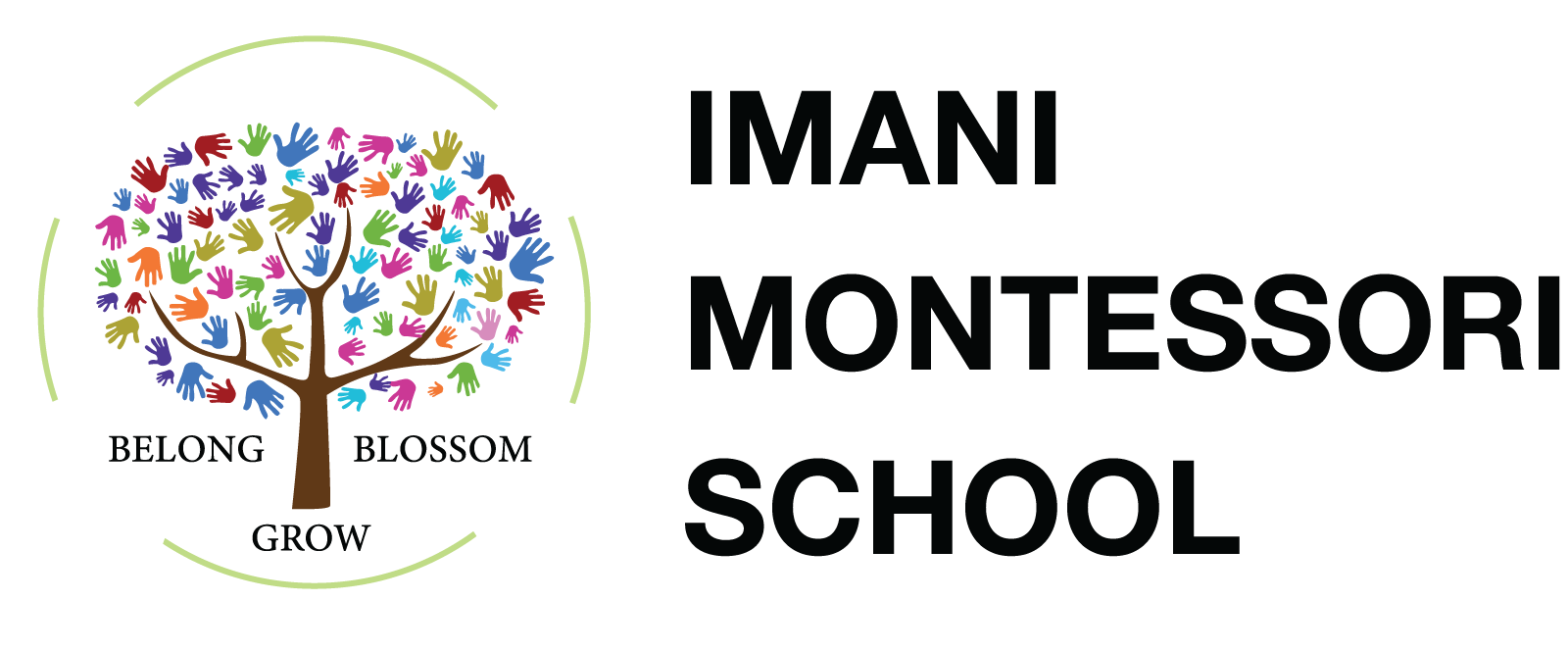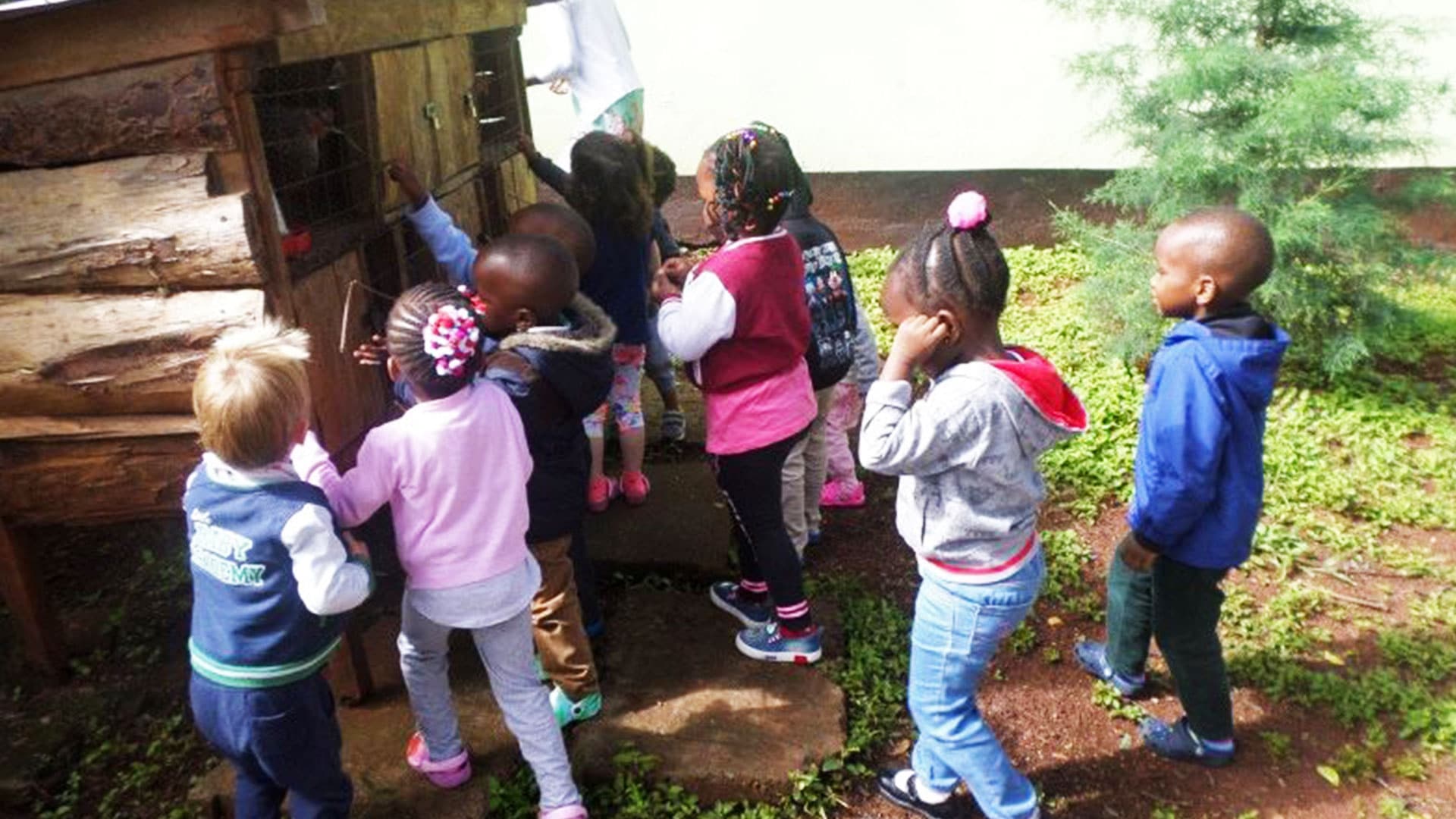Curiosity is at the heart of childhood. A Montessori education leverages that innate curiosity by providing hands-on, engaging activities that cater to a child’s developmental stage. With Nairobi’s vibrant culture and natural surroundings, there’s no shortage of inspiration.
Follow the Child’s Interests
Each child is unique, and Montessori suggests we pay close attention to their interests. Are they fascinated by insects? Set up a simple nature observation tray with magnifying glasses and picture cards of local critters. Do they love pouring water? Introduce a water-transfer station with small jugs and cups. By tailoring activities to your child’s passion, you nurture genuine engagement.
Hands-On Materials
Montessori materials are often self-correcting, like wooden puzzles or sorting games where a child can see immediately if a piece doesn’t fit. This element of “auto-correction” encourages independence by letting children learn from their own mistakes without constant adult intervention.
Encourage Experimentation
Whether it’s painting with watercolors, building with blocks, or exploring musical instruments, invite your child to experiment freely. Instead of focusing on the end product, ask open-ended questions: “What do you notice when you mix yellow and blue?” This approach fosters a scientific mindset—children learn to hypothesize, test, and draw conclusions.
Incorporate Culture & Nature
Nairobi is brimming with cultural and ecological diversity. Take advantage of weekend markets or wildlife parks to spark your child’s curiosity about the world around them. Afterwards, recreate these experiences at home or in the classroom with themed games, art projects, or nature trays. This helps children connect their direct experiences to their learning materials.
Balancing Child-Led and Adult-Guided
Montessori activities are child-led, but adults still play a crucial role. We serve as the facilitators—observing, setting up the right materials, and stepping back to let the child explore. We only intervene to show them how to use something or gently redirect if they become frustrated.
Encouraging Reflection
After an activity, gently prompt your child to reflect: “How did you feel about painting today?” or “What surprised you the most about the insects we found in the garden?” Reflection solidifies learning, helping children process experiences and articulate their thoughts.
Sustaining Curiosity Over Time
Make new activities available each week or so, rotating older ones in and out. This keeps the environment fresh. You don’t need fancy supplies; simple household items can be repurposed into exciting learning tools.
Fostering curiosity not only builds a love of learning but also equips children with essential problem-solving and observational skills. By tuning into what sparks your child’s interest, providing hands-on materials, and encouraging reflective thinking, you set the stage for them to become active explorers of the world around them.


Join the Conversation